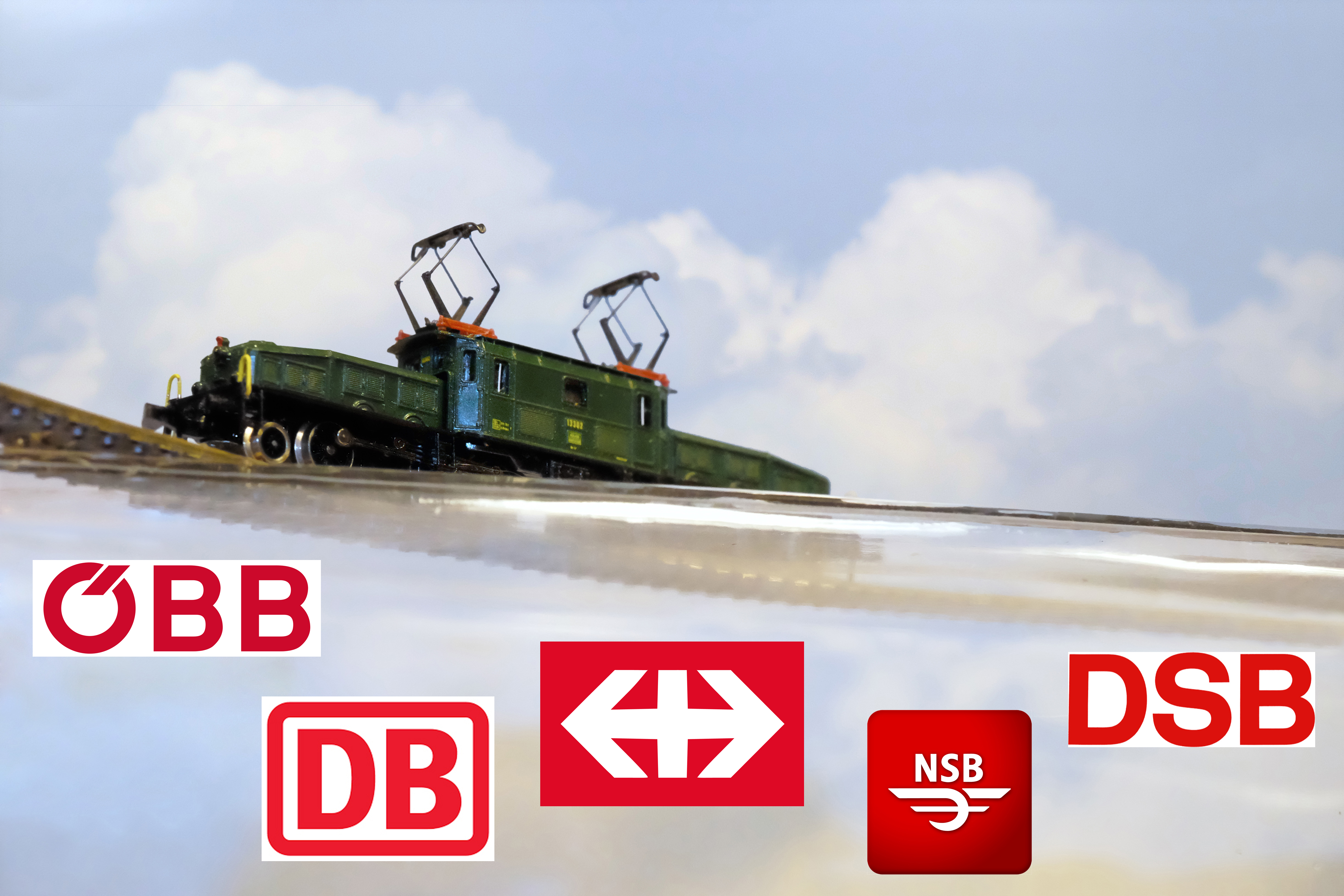
I was contacted recently by someone asking for 8873 spare part couplers, unfortunately I could not help them out, but this inquiry turned into something interesting that I decided to explore and perhaps help others.

Released in 1994, the 8873 remained in production until 1998, it was my first large single purchase of a Z gauge train, but it was worth every penny. My excitement was quickly dashed trying to run it: train sputtered and dragged on the track, but a repair solution turned out to be easy: simply bypass both diodes on each circuit board, I posted about this repair early on in this blog thus more detailed and illustrated instructions are available.
A total of 6 VT train sets have been released thus far commencing with the 88735 (“Blue Star Train”) in 2012 which was a limited one time series, it was delivered with a certificate.

Eighteen years covers the history of Marklin TEE releases in Z with few changes over the years. One important change Marklin made early was couplers, 8873’s unique coupler was redesigned for subsequent releases. Not only was a new coupler introduced with the 88731 release the entire apparatus leading from the circuit board was a redesign with new parts added. But was the change needed? Maybe/maybe not, I have never seen a failure of the original 8873 coupler which simply gathers electrical current from brass rings with spring tension around coupler.

Describing the couplers used after 8873 includes several changes including shortening posts from circuit board and the addition of plastic parts (red and black). Posts now engage with brass strips on plastic parts, brass also holds coupler under light pressure thus supporting a good electrical connection. Couplers after the original coupler fall into 2 types with subtle differences although Marklin Collection Guide only lists 2 for this type of train set: ‘Kupplun 3B (8873) and ‘Kupplun 6A (88731/88732/88733/88734/88735). I distinguish two types of 6A couplers based on their construction: version 1 (88731 and 88732) uses more brass to cover coupler, brass (version 1) is solidly laminated to both sides of inner plastic core, version 2 (88733 + 88734 + 88735) features two small holes in each brass side of coupler which appear to be melt points. Of all the coupler types I have experienced 2 failures with the latest coupler design: brass separates from coupler.




Repairing the latest generation coupler is easy with a pin size dot of super glue, but it requires very precise alignment. In my opinion it is best to replace coupler with a new part, but new couplers require modification to work correctly. As can be seen in the attached photos a brand new replacement coupler from Marklin needs modification to work correctly, they seem to be delivered a little too big to fit properly plus plastic edges can be a little rough. For the coupler to work correctly in needs to move freely back and forth.





Other important changes include 5 Pole Motors in both powered end units (introduced 1998), it is used in 88732 + 88733 + 88734 + 88735. Even today you might still find fans of the 3 pole motor who describe it as “very robust.” But also a little more noisy than 5 poles.
After having roofs off coaches I decided to add another Marklin improvement: larger weights in coaches.

If you need or desire to gain access to the interior of VT11.5 coaches carefully pull up roof panels from corner with finger nail: DO NOT USE ANYTHING METAL AS THIS AREA IS SUSCEPTIBLE TO SCRATCHING!!!! Roof panels snap back on easily.

Unlike the interior of the 88731 (Max Liebermann and train sets in this class that followed) 8873 has long pins the circuit board slides onto.

Releases since 1994 of this train set: 8873 BR VT 11.5 for DB (1994-1998), 88731 BR 601 for DR Trans Europ Express “Max Liebermann” (MHI-1997), 88732 BR 601 for DB “ALPEN-SEE-EXPRESS” (2000-2002), 88733 VT 11.5 for DB “Saphir” (2007), 88734 BR 601 for DB “Mediolanum” (2010), and 88735 BR 601 for ESG “Blue Star Train” (MHI-2012)





















































































































